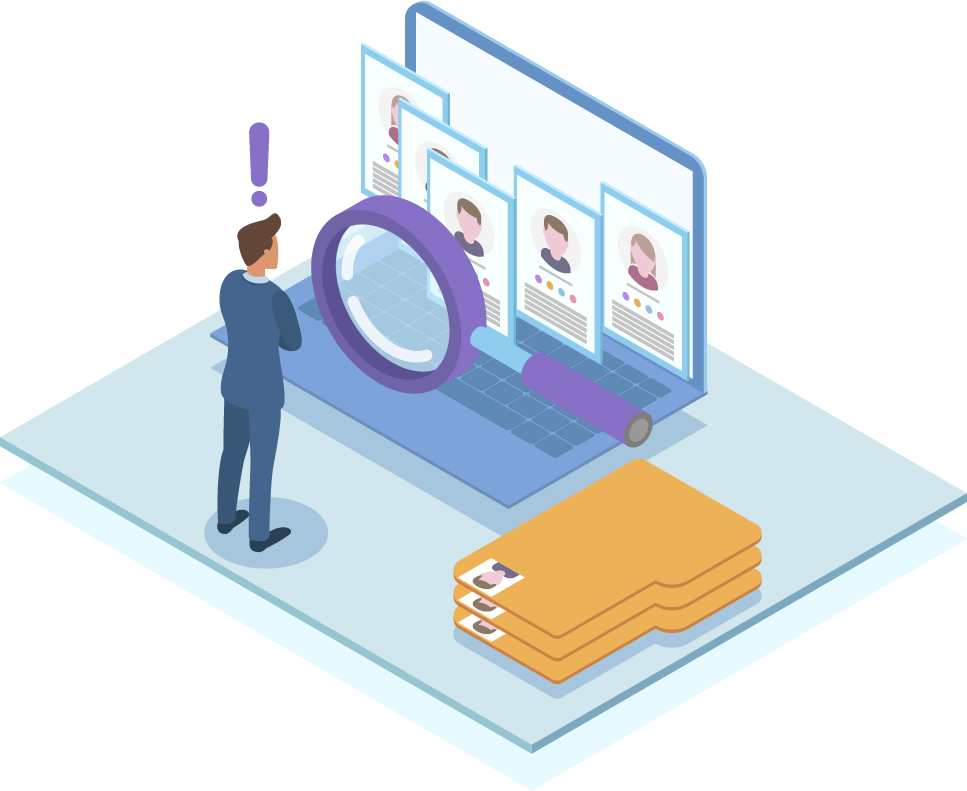As COVID-19 continues to force millions of workers into home offices, organizations appear to be implementing new technology which tracks their employees’ digital work habits. Software and applications such as Time Doctor, HubStaff and ActivTrak have seen unprecedented sales numbers since the pandemic began. Personally, I have heard from my own family and friends who say they are being asked to turn in activity logs to “document” how their workday is spent.
This “metric-based” reaction by employers is a clear symptom of the organizational health and culture in a typical American corporation. Companies tend to look for quick solutions they can address with money, instead of digging into the source of the problem and creating real, systemic change. If the problem is insufficient productivity; the problem behind that problem could be anything from lack of experience and resources when working remotely, to unclear expectations or shifting goalposts. I struggle to understand why the idea of upskilling people and introducing new behaviors through a thoughtful change management strategy is so unappealing… Oh wait, I remember now.. it’s hard! But not impossible.
In 2014 I had the honor of conducting the National Workplace Flexibility Study in partnership with the Boston College Center for Work and Family and Life Meets Work. Our mission was to understand what impact a targeted, manager training with ongoing reinforcement would have on a leader’s ability to understand, embrace, and improve their competencies in leading dispersed teams.
Among the conclusions related to this implementation, managers reported:
53% team interaction improved
41% increase in their team’s understanding of performance goals
24% customer service improved
20% productivity improved
With that in mind, let’s look at a quick ROI of monitoring employees verses training employees. Please keep in mind I am most definitely biased, but I want you to stop and consider how much real value can an organization glean from knowing how many times an employee moved their mouse? And now measure that against the danger of micromanagement and mistrustful scrutiny this measure unleashes.
With the onset of the pandemic many managers were pulled into a leadership situation they were clearly unprepared and most definitely untrained for. Many of them had relied on the visual-social day-to-day interaction of seeing people in the office to feel confident in their own ability to manage performance. But here is something that managers who are new to leading dispersed teams don’t know enough about: PRESENCE IS NOT PERFORMANCE! New competencies, not keystroke tracking, are what is needed for teams and organizations to be successful in the new world of work.
I was talking with a client last week who was frustrated that some workers were not mastering the collaboration technologies as quickly as others. His offhand remark, “you’d think they would get it by now,” is echoed throughout corporate America. But if we honestly admit to ourselves how entrenched our habitual behavior is, and how intransigent to change it proves itself, why would people just “get it” without some pretty specific and targeted training? The majority of us have had enough exposure to technology that we can get around with a reasonable degree of competence, and in the past three months the majority of us have transitioned to working remotely, but that doesn’t mean we’re truly good at it.
I have been providing consulting and training in the area of flexible and mobile work since 1987 and recently co-founded The SMART Workplace with Trina Hoefling, author of Working Virtually, Transforming the Virtual Workplace. We offer a number of free training and assessment tools to help organizations get started on their journey of upskilling their virtual workforce. I am also a partner in the FlexPaths group, working with them to support organizations seeking to transform where and how their people work.
As an employer you are fortunate to be able to access many great resources available to help leaders and individual contributors do better when working away from the office. Now is the absolutely the exact, right time to dig in and start creating a roadmap for your people to follow in their digital work journey. This isn’t a one and done intervention. It’s a process. Do it thoroughly and do it right if you want to create lasting change… Change is GREAT! You go first!







Leave A Comment
You must be logged in to post a comment.